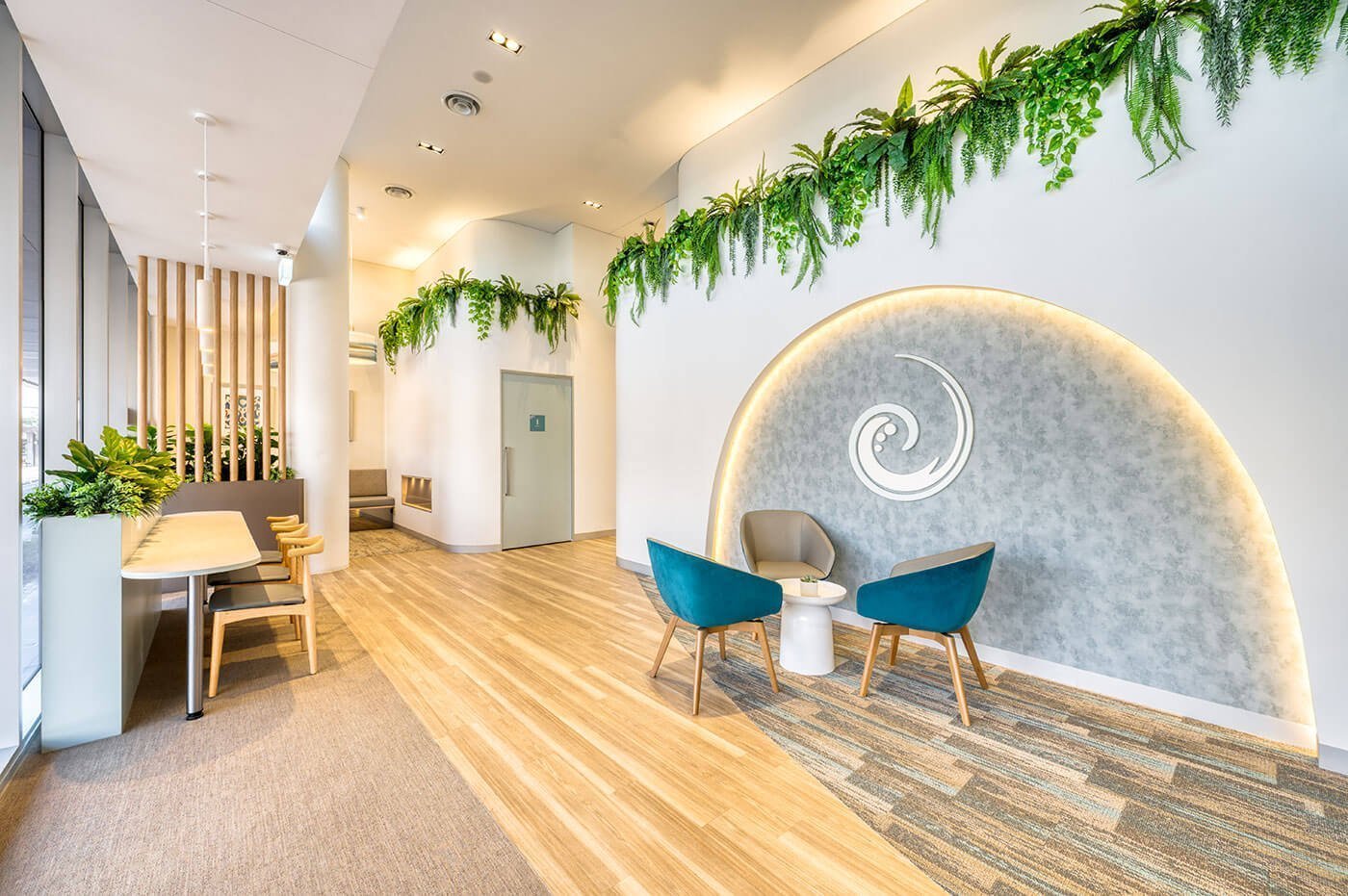The design world is constantly evolving, and at its cutting edge is the transformative power of Virtual Reality (VR). No longer confined to the realm of sci-fi, VR is redefining how we conceptualise and visualise spaces. Perfect Practice is at the vanguard of this revolution, employing VR headsets to offer vivid design walkthroughs that go beyond mere imagination.
Imagine not just viewing, but truly experiencing your design – walking its halls, feeling its spaces, and engaging with its nuances – long before the first foundation is laid. With VR, this becomes more than just a possibility; it’s a tangible reality. Join us as we delve into how VR enhances design comprehension, facilitating a seamless journey from vision to visceral experience.
The Perfect Practice integration of virtual reality
At Perfect Practice, we expertly design and build healthcare facilities that are valued by you, your patients, and your staff. Using cutting-edge VR technology, we bring your vision to life, allowing you to experience and refine your space even before it’s constructed. With a focus on compliance, minimising disruptions, and ensuring timely delivery within budget, our team is committed to guiding you at every phase of this transformative process.
We integrate VR at two points in our design process: at the sales opportunity to help clients visualise the space available, and in the design development stage. Given that 2D blueprints and other architectural documentation can be challenging to understand for healthcare professionals since it’s not a common aspect of their profession, VR serves as a valuable tool in bridging this gap.
The power of virtual reality in design
While traditional design methods, such as blueprints and 2D sketches, have served the medical and dental industry for decades, they often fall short in conveying the full essence of a design concept. Flat images and technical drawings, although detailed, can leave much to interpretation, leading to discrepancies between the envisioned outcome and the finished structure. Moreover, they might not capture the experiential aspects of a space, such as flow, ambience, and spatial interplay, which are crucial for the user’s experience.
Enter VR, where stakeholders are no longer restricted to static images or sketches. Instead, they can immerse themselves within a dynamic, 3D representation of their project. This immersive interaction allows for a more profound understanding of design intricacies, ensuring that what’s envisioned is accurately translated into reality.
What are the advantages of VR in design?
In the realm of medical clinic design, where precision and patient experience are paramount, VR is proving to be a game-changer. The intricate nature of clinical spaces, with their unique requirements for both functionality and comfort, makes visualisation crucial.

Enter an immersive design experience
VR offers a depth of immersion that transcends traditional floor plans and 2D sketches, allowing stakeholders to truly ‘step inside’ proposed clinic spaces. For medical practitioners and administrative staff, this means a richer engagement with the design process. They can understand the flow of patient traffic, the accessibility of medical equipment, and the overall ambience of treatment rooms, waiting areas, and consultation spaces. More importantly, by exploring these virtual clinical environments, potential design shortcomings or issues can be identified early on, preventing costly modifications post-construction.
A seamless collaboration
By creating an immersive digital environment, VR allows clients, architects, and designers to collectively ‘step inside’ a proposed space, experiencing it in three dimensions rather than just on paper. A virtual walk-through can involve opening doors, adjusting lighting, or even rearranging furniture in order to get a tangible feel of how different design choices might impact the space’s functionality and aesthetics. This shared experience provides a unified platform where ideas can be visualised, discussed, and tweaked in real-time. No longer constrained by the limitations of traditional design presentations, clients can now articulate their visions more clearly, while architects and designers can instantly showcase various design iterations.

Beyond offering immersive experiences and facilitating collaboration, using VR in design also offers cost-efficiency solutions, risk reductions, enhanced client engagement and providing a sensory-rich experience. This blend of practical, economic and experiential benefits leads to greater satisfaction for all parties involved in the design of a medical space.
Experience the future of design with Perfect Practice
Suppose you’re embarking on a design project for a state-of-the-art medical clinic or a modern dental practice. In that case, the capabilities of VR will not only elevate your vision but also streamline its execution. At Perfect Practice, we’ve mastered the art of transforming conceptual ideas into immersive VR experiences, enabling our clients to walk through, interact with, and refine their designs in real time. We invite you to step into the future of design with us.
Explore the boundless potentials of VR with Perfect Practice and contact us today for more information.







